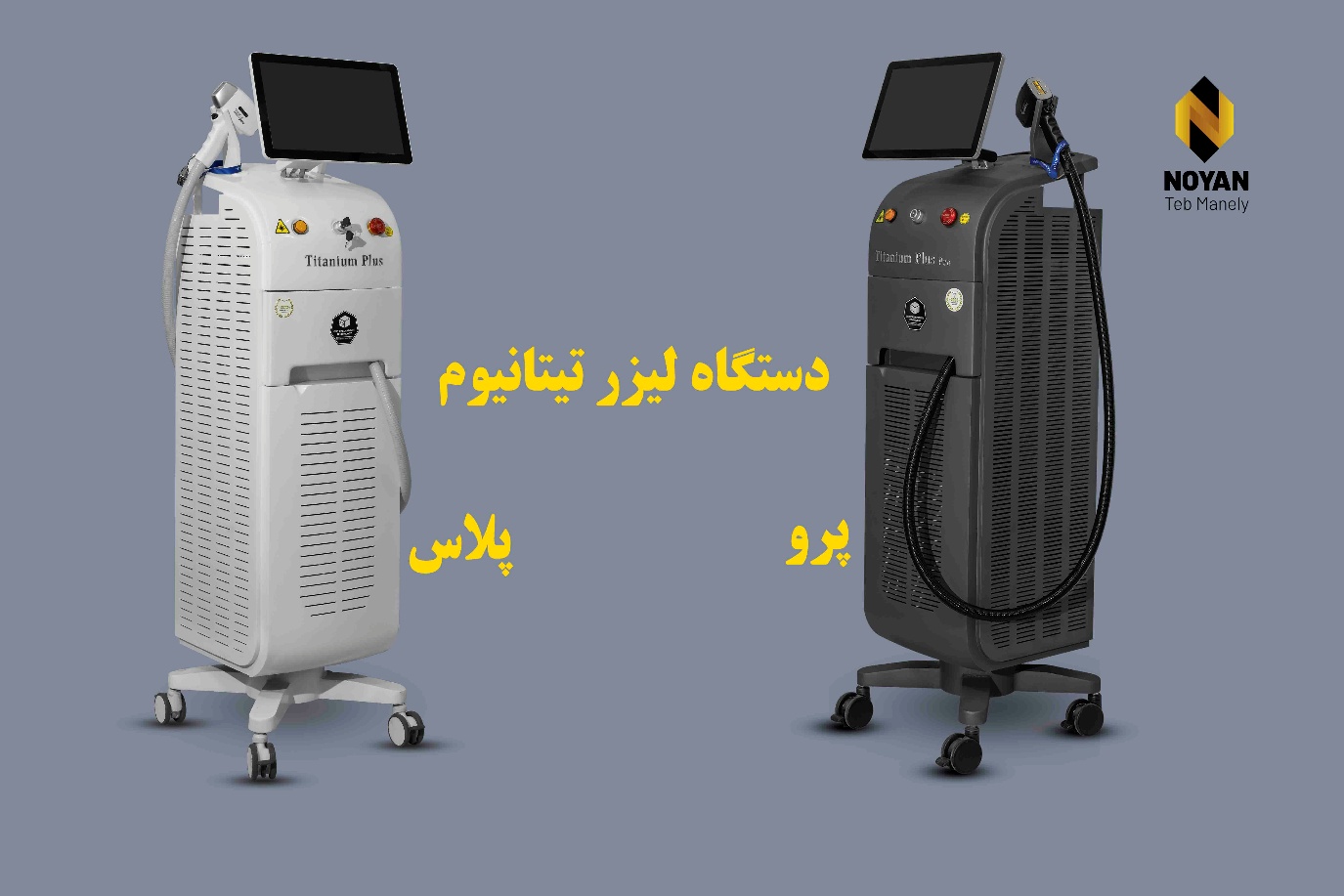In the ever-evolving world of custom printing, a new technology has emerged that is quickly becoming a game-changer: the DTF printer (Direct-to-Film printer). This innovative printing method has been gaining traction among small businesses, fashion designers, and custom printing enthusiasts due to its flexibility, cost-effectiveness, and ability to produce high-quality designs on a wide range of materials. But what exactly is a dtf printing, and why is it making waves in the printing industry?
What is a DTF Printer?
DTF stands for Direct-to-Film, which refers to the process of printing a design directly onto a special film, which is then transferred onto various substrates such as t-shirts, hoodies, bags, and more. Unlike traditional printing methods like screen printing or direct-to-garment (DTG) printing, DTF printing uses a film intermediary and a specialized inkjet printer that applies the design in layers. The key difference with DTF is that it doesn’t require a pre-treatment for garments, unlike DTG, which requires specific preparation.
The process involves several steps:
-
Printing: The printer first prints the design onto a PET film using water-based inks.
-
Powdering: After printing, a special adhesive powder is applied to the wet ink on the film. The powder sticks to the design and ensures that the ink will adhere properly to the fabric during the transfer.
-
Curing: The film is passed through a curing process where heat is applied to bond the powder to the ink.
-
Transfer: The final step is transferring the design from the film to the garment using a heat press.
Advantages of DTF Printing
-
Versatility: One of the most significant advantages of DTF printing is its versatility. It can be used to print on almost any fabric, including cotton, polyester, leather, and even hard materials like ceramics or wood. This flexibility makes it ideal for a wide range of applications, from apparel to promotional products and custom gifts.
-
No Need for Pretreatment: Unlike DTG printing, which requires garment pre-treatment to ensure the ink adheres properly, DTF printing does not have this requirement. This not only saves time but also reduces the cost of materials and simplifies the production process.
-
High-Quality Prints: DTF prints are known for their vibrant colors, sharp details, and durability. The designs are crisp, clear, and have a soft feel when transferred to fabrics. The quality of the print remains intact even after multiple washes, making it a reliable option for custom clothing.
-
Cost-Effective: The setup costs for a DTF printer are generally lower than traditional methods like screen printing, which requires creating screens and stencils for each color. DTF printers also offer low waste, as the process does not require any special setups for each design, making it a more efficient and affordable choice for small-run or on-demand printing.
-
Quick Turnaround: With DTF printing, custom designs can be created and transferred quickly, making it a great option for businesses that need fast turnarounds. Whether you’re printing a batch of t-shirts for a small event or fulfilling a custom order, the DTF method provides speed and precision.
Applications of DTF Printing
-
Apparel: Custom t-shirts, hoodies, and other clothing items are some of the most common applications of DTF printing. It is particularly popular in the fashion industry, where designers can create unique prints with high-quality finishes.
-
Home Decor: DTF printers are also used to create custom home decor items like pillows, blankets, and canvas prints. The ability to print on a variety of fabrics and materials makes DTF an attractive choice for interior design businesses.
-
Promotional Products: From branded merchandise like hats and tote bags to custom gifts, DTF printing offers businesses a way to create unique promotional items that stand out.
-
Sportswear: Since DTF printing can be applied to polyester, it’s ideal for sportswear companies that need durable, vibrant designs on athletic gear. It’s particularly effective for printing on performance fabrics used in sports uniforms.
Challenges and Considerations
While DTF printing offers a range of advantages, there are some considerations to keep in mind:
-
Equipment Costs: While DTF printers are generally less expensive to set up than some other methods, they still require an initial investment in equipment. Additionally, you’ll need to invest in consumables like special films, inks, and adhesives.
-
Maintenance: Like all printing technologies, DTF printers require regular maintenance to ensure optimal performance. Proper care is needed to avoid clogs or malfunctions, which could lead to downtime or lower print quality.
-
Learning Curve: The DTF printing process may take some time to master. Operators need to understand the intricacies of printing, powdering, and curing to achieve the best results.
Conclusion
DTF printing is quickly becoming one of the most versatile and efficient methods for creating custom prints on a variety of materials. Its ability to print on almost any fabric, produce high-quality, durable designs, and offer cost-effective solutions for both small and large runs makes it an attractive option for entrepreneurs and established businesses alike. Whether you’re looking to create custom apparel, promotional items, or home decor, DTF printers offer a wealth of possibilities for designers and business owners who want to bring their creative ideas to life.

